Murf offers a selection of 100% natural sounding AI voices in 20 languages to make professional voice over for your videos and presentations. Start your free trial.

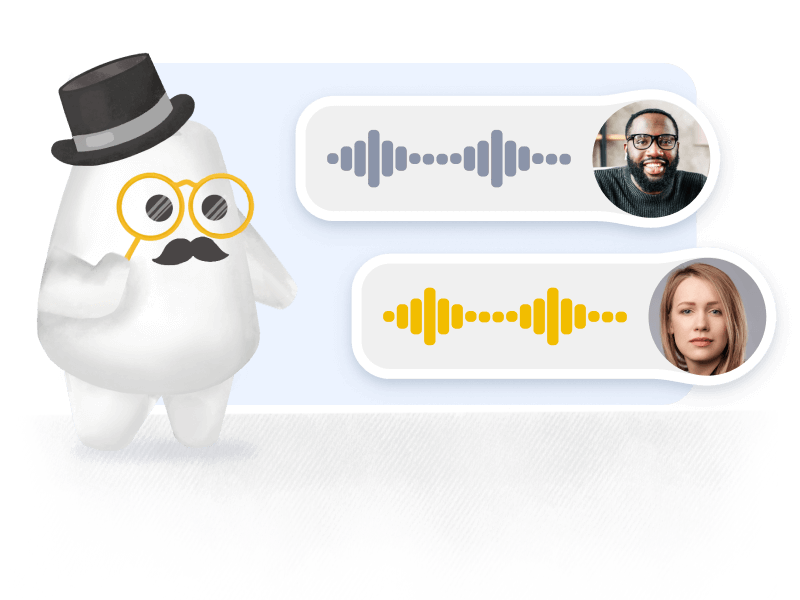
Our voices are all human sounding and quality checked across dozens of parameters. Gone are the days of robotic text to speech, most people can’t even tell between our advanced AI voices and recorded human voices.
Murf offers a selection of voices across 20 languages. Most languages have voices available for testing quality in the free plan. Some languages also support multiple accents like English, Spanish and Portuguese.
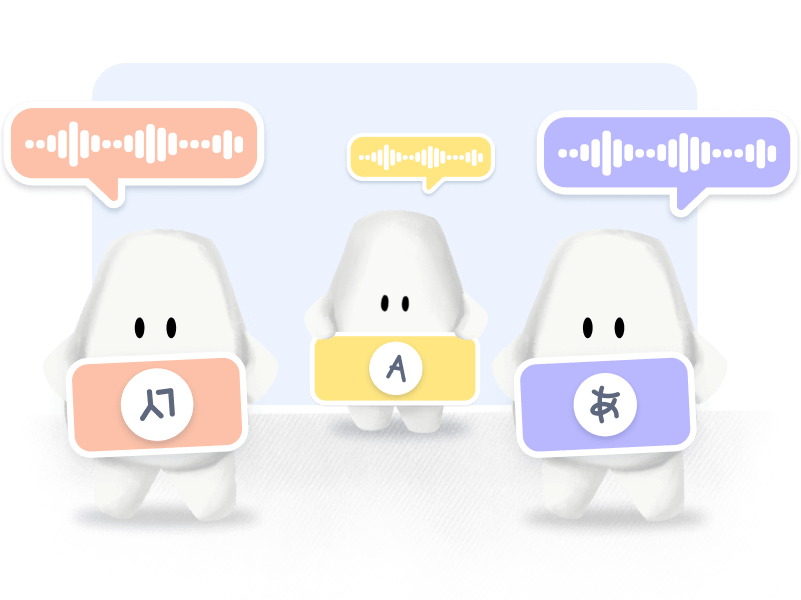





































































































































































































Want to make your voiceover sound interesting? Use Murf’s ‘Emphasis’ feature to put that extra force on syllables, words, or phrases that add life to your voiceover.

Use Murf’s ‘Pitch’ functionality to draw the listeners' attention to words or phrases expressing emotions. Customize the voice as you like to make it work for yourself.
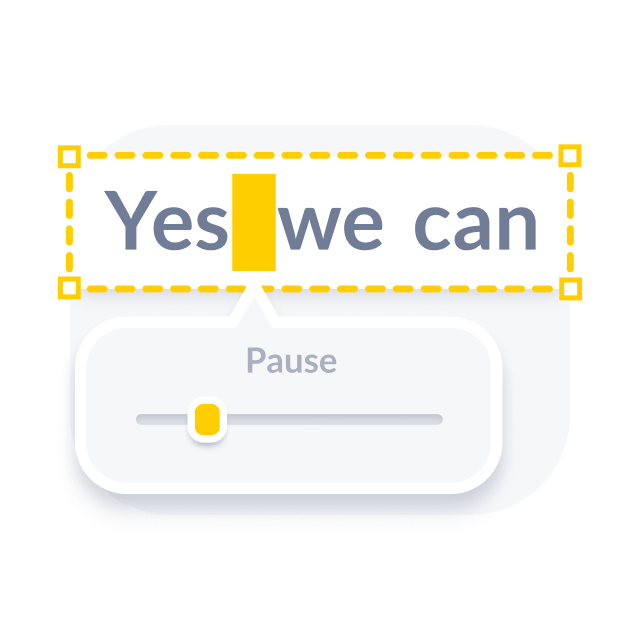
Add pauses of varying lengths to your narration using Murf’s ‘Pause’ feature to give the listener's attention powers a rest and prepare them to receive your message.
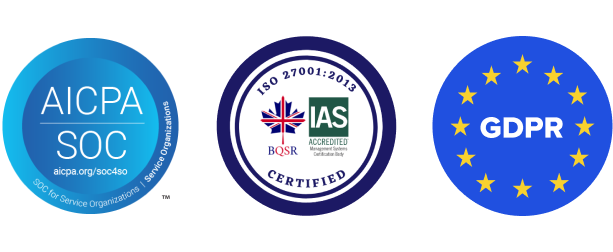
Murf's text to audio software changes the way you create and edit voiceovers with lifelike, flawless AI voices. What used to take hours, weeks, or even months now only takes minutes. You can also include images, videos, and presentations to your voiceover and sync them together without the need for a third-party tool. Here are a few reasons why you should use Murf's text to speech.

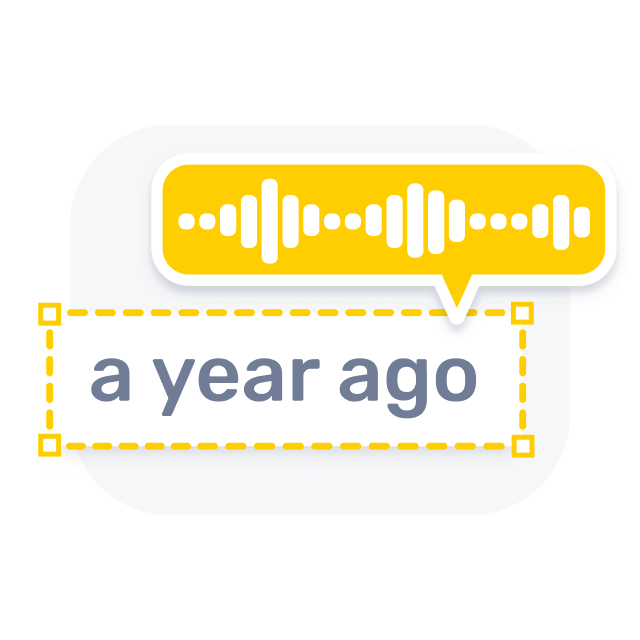
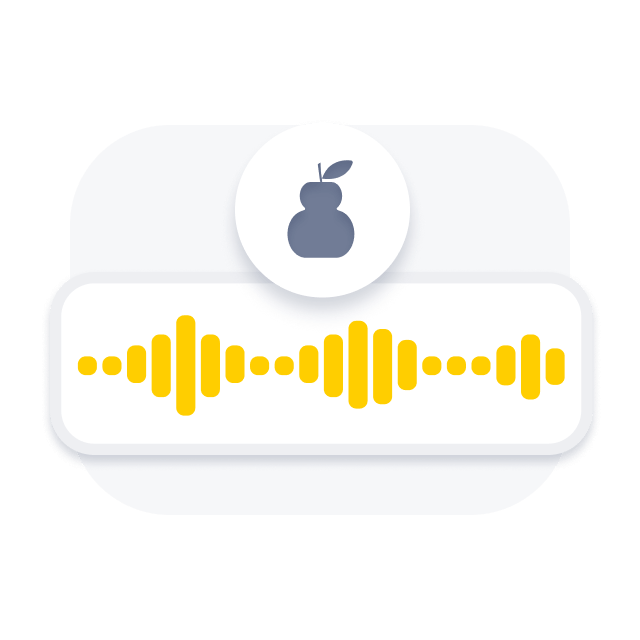


In essence, text to speech is the generation of synthesized speech from text. It was primarily designed as an assistive technology to help individuals with hearing impairments, visual and learning disabilities, and aged citizens to understand and consume content in a better manner. Today, the applications of TTS systems have grown manifold, and range from content creation to voiceover generation to customer service, and more. With a touch of a button, TTS can take words on a computer or other digital device and convert them into audio files. Today, the technology is used to create narratives for explainer videos or product demos, turn a book into an audio book, generate voiceovers for elearning materials, training videos, ads and commercials, YouTube videos, or podcasts, among other things.
Text to speech software leverages AI and deep learning algorithms to process the written input and sythesize a spoken output. The written text is first broken down into individual words and phrases by the TTS software’s text analysis component and then various rules and algorithms are applied to determine the appropriate pronunciation, inflection, and emphasis for each word. The speech synthesis component of the software then takes this information along with pre-recorded sound samples of individual phonemes and uses it to generate the spoken words and sentences, which is then spoken out loud using a synthesized voice generated by a computer or other device.
From increasing brand visibility and customer traction to improving customer service and boosting customer engagement to helping people with visual impairments, reading difficulties, and learning disabilities, text to speech is proving to be a game-changing technology across industries.
Considering the myriad of benefits offered by TTS technology and how simple they make information retention, businesses are integrating text to speech into their workflow in one form or another. Here is a glimpse of all the ways text to speech is currently being utilized:
For quite some time now, text to speech software has been used as an accessibility tool for individuals with a variety of special needs linked to Dyslexia, visual impairments, or other disabilities that make it difficult to read traditional text. Using TTS platforms, people facing such problems can convert text to speech and learn by listening on the go. Text to speech solutions also improves literacy and comprehension skills. When used in language education, they can make learning more engaging. For example, it's much easier and faster to apprehend a foreign language when listening to the live translation of written words with correct intonation and pronunciation than when reading.
Given the fact that modern text to speech solutions come with multilingual support, brands can reach local customers by converting their content from text to audio in the local language. This will help target and connect with native-speaking customers or audiences in remote areas.
Furthermore, text to speech solutions can also be used to translate content from one language to another. This is especially beneficial for users who come across a piece of content in a language they don't understand and can have it read aloud in their native language or a language they are adept at for better understanding.
With advancements in speech synthesis, it has become easier to create text and convert it to pre-recorded voices for interactive voice response calls. Today's TTS technology comes with human-like AI voices that can make natural human conversations on IVR calls. This helps contact centers provide personalized customer interactions without requiring assistance from live agents.
TTS serves as both an inbound and outbound customer service tool. For example, when used in tandem with an IVR system, TTS solutions can provide personalized information to callers, such as greeting a customer by name, providing account information, confirming details about the order, payment, or appointment, and more. Furthermore, by tapping into the extensive range of languages, accents, and a wide variety female and male voices offered by TTS software, companies can provide an experience that matches their customer's profiles or help promote an image for their brand.
Text to speech solutions help make connected and autonomous cars safer and sound truly unique, begetting an on-road revolution. They can be used in in-car conversational systems for navigational prompts and map data, infotainment systems to read aloud information about the car, such as fuel level or tire pressure, and swap music and voice assistants to place phone calls, read messages, and more.
In the healthcare industry, text to speech solutions can be used to read aloud patient information, instructions for taking medication, and provide information to doctors and other medical professionals about upcoming appointments, scheduling calls, and more.
It's an exciting time to stake your claim in the realm of speech synthesis. There are a number of key industries where the text to speech technology has already succeeded in making a dent. Here are a few different ways in which businesses can harness the power of text to speech and save money and time:
Any business can leverage TTS to alleviate human agent workload and offer customized conversational customer support. By integrating these solutions with IVR systems, companies can automate customer interactions, facilitate smart and personalized self-service by providing voice responses in the customer's language and remove communication barriers. Furthermore, organizations can also use TTS to make AI-enabled routine calls to inform customers about promotional offers, payment reminders, and much more. That said, by using text to speech in voice-activated chatbots, businesses can provide customers, especially the visually impaired, with a more immersive experience, thereby enriching the customer experience.
Text to speech solutions offer synthetic voices in multiple languages enabling businesses to create content in several different languages and reach customers across different countries worldwide. Organizations can build trust with customers by creating voiceovers for ads, commercials, product demos, explainer videos, and PowerPoint presentations, among other content pieces in regional dialects and native languages.
That said, with the help of TTS solutions, businesses can provide an audio version of their content in addition to a written version, enabling more accessibility to a broader audience, who can choose whether to read or listen to it based on their preferences. This increases the brand's web presence. Moreover, using text to speech, brands can create a familiar, recognizable and unique voice across all their voice channels, making it easy for customers to identify the brand the second they hear it. This way, the brand shows up everywhere and improves its web presence.
Today’s online text to speech systems can generate speech that is almost indistinguishable from a human voice, making them a valuable tool for a wide range of applications, from improving accessibility for people with disabilities to providing convenient and efficient ways to communicate information.
Here is a list of everybody that can benefit immensely from using best text to speech softwares for their content and voiceover needs:
Many educators struggle to enhance the value of their curriculum while simplifying their workloads. This is where realistic text to speech technology plays a key role. Firstly, it improves accessibility for students with disabilities. Screen readers and other tools which are speech enabled can make learning an equal opportunity and enjoyable experience for those with learning and physical disabilities. Secondly, it helps teach comprehension in an effective manner. Text to speech software offers an easy way for students to listen to how words are spoken in their natural structure and following the same is easier through audio playback.
TTS software also enhances engagement and makes learning interesting for students. For example, using natural sounding text to speech voices, teachers can create engaging presentations and elearning modules that capture student’s attention.
In marketing specifically, text to speech technology can help improve data collection, facilitate comprehensive customer profiling, and better data analysis. Online text to speech tools offer an easy way for businesses to reach a broader audience and create customized user experiences.
For instance, marketing teams can create and deliver videos to prospective clients to establish a connection and brief them on queries and complicated products or services in the language and accent the customer is comfortable with. Furthermore, AI voices enable marketing teams to create crisp, high quality professional-sounding voiceovers in a few simple steps without hiring voice actors or requiring any professional recording studios.
Text to speech generators offer authors numerous advantages. One, it serves as an editing aid and helps storytellers proof read their novels and manuscripts to identify grammatical errors and other mistakes in their drafts before publishing. Listening to their stories being read aloud also allows authors to gauge the response to their work on other people. Authors can also use realistic voice generators to convert their books into audiobooks and podcasts and broaden the reach of their work.
From interviews about true crime to politics and science, there are all sorts of popular podcast formats today. And, regardless of how good your podcast topic is, it won’t matter if the host doesn’t have a good voice. That said, not everyone can have that best podcast voice like an old-school radio anchor or a news presenter. This is where text to speech platforms come in. You don’t have to record scripted intros, prologues, or epilogues, an AI narrator can do it for you. Through text to speech software, you can automatically create the narrative and voiceover for your podcast in the language and tone you want in a matter of minutes by simply uploading the script to the platform.
Creating good voice overs for your animated explainer videos or product demos or games typically meant investing a lot of money on recording equipment and hiring professional voice actors. Not anymore. With AI text to speech platforms, you can add natural sounding voices to your animated video to make them more engaging and captivating. In fact, with text to speech software, you can give each character in your animated video or game, a unique voice.
Integrating realistic text to voice software with an IVR system enables customer service agents to concentrate more on complex customers rather than common queries. TTS-enabled IVR systems are capable of gathering information and providing responses to customers as necessary in a way that sounds just like an actual customer service agent.
Furthermore, TTS systems also eliminate the need for IVR businesses to schedule voiceover retakes months in advance. With TTS systems, businesses can render a new voiceover in minutes creating thousands of iterations within a few clicks.
Text to speech is a game-changer for students of all ages and educational levels. By converting written text into spoken words, students can enhance their learning experience and comprehension. Text to speech technology can read content out aloud, making it easier for students to absorb information while multitasking. It is particularly useful for students with dyslexia, ADHD, or other learning disabilities as it provides them with an alternative way to consume educational content. Furthermore, the tool can also be used to add narrations to presentations, explainer videos, how-to videos, and more.
Be it corporate trainers, fitness trainers, or lifestyle instructors, text to speech can be used to create engaging and accessible learning materials. For example, fitness trainers can convert written content into audio-based workout routines and personalized exercise plans. This helps to increase engagement levels and knowledge retention among the audience.
Similarly, corporate trainers can also use TTS to create presentations on employee policies and other organizational practices. It makes the coursework highly engaging and improves employee performance at many levels. Additionally, using audio course materials is a great way to respect the staff with disabilities and give everyone equal access to training.
Content creators, including social media users, bloggers, writers, influencers, and authors, can leverage text to speech to enhance their productivity and reach a broader audience.
This technology enables content creators to convert their written articles, scripts, blog posts, or eBooks into high-quality audio files quickly in multiple languages instead of manually recording the voiceover.
Consequently, it opens up new avenues for content consumption. This allows readers to listen to the content while performing other tasks or when reading isn’t feasible, such as during commutes or workouts.
Video creators can easily add voiceovers or narration to their videos, eliminating the need for hiring voice actors or spending hours recording audio. This not only saves time and resources but also ensures consistent and professional-sounding voiceovers.
If you are looking for a text to speech generator that can create stunning voiceovers for your tutorials, presentations, or videos, Murf is the one to go for.
Murf can generate human-like, realistic, and natural-sounding voices. Its pièce de résistance is that Murf can do it in over 100 unique voices in 20+ languages.
This text aloud reader also allows you to tweak the pitch of the voice, add pauses or emphasis, and alter the speed of the output to get the output just the way you want it.
And the best part? Murf is extremely easy to use. Just type or paste in your script, choose your preferred voice in the language you want, and hit play. Murf will do the rest.
Murf text to audio converter can be used in a number of scenarios to elevate the quality of your overall content. Let's look at a few use cases where Murf can help and why it’s the best text to speech reader out there:
Murf’s free text to speech reader can help you create e-learning videos in multiple languages that will make your content accessible to a global audience. You can also increase the engagement of your e-learning video by adding emotions and expressions to your content.
Murf’s AI voices can add a touch of professionalism to your presentations to help drive home those key points. You can use Murf to narrate your slides, explain your concepts, or tell the story of your brand in the exact tone and style you envisioned.
You can also use this free text to speech reader to make your audiobooks sound as if they its been narrated by an actual person.
With Murf, you can also mix and match different voices for the various characters in the audiobook to take your storytelling up a few notches.
Murf can also enhance your sales and marketing videos with persuasive and professional voiceovers. You can use these videos to showcase your products, services, or offers and tailor them in multiple languages to advertise to a potentially global audience.
Finally, Murf can help you create informative and engaging product demo videos that showcase your product’s features and benefits in the best possible light.
Apart from enabling users to enhance the quality of their voiceover content with compelling, nuanced, and natural sounding text to speech voices, Murf offers an intuitive voice user interface and the ability to customize and control the voiceover output with features like pitch, speed, emphasis, pause, pronunciation and more.
Tired of hearing monotonous, robotic-sounding voiceovers? Not anymore. With Murf, enhance the quality of your content with compelling, nuanced, and natural sounding text to speech that replicate the subtleties of human voice.
Fine-tune your voiceover narration and add more character to an AI voice with features such as Emphasis, Pronunciation, Speed, and more! From inviting and conversational to excited and loud to empathetic and authoritative, we have AI voices that span different intonations and emotions.
Murf AI text to speech (TTS) supports Arabic, Chinese, Danish, Dutch, English, Finnish, French, German, Hindi, Indonesian, Italian, Japanese, Korean, Norwegian, Portuguese, Romanian, Russian, Spanish, Tamil, and Turkish. Some of these languages also support multiple accents. For example, our English language AI voices support British, Australian, American, and Indian accents. Our Spanish AI voices support Mexican and Spain accents.
The TTS online software also offers users the ability to add background audio or music to their content. Murf studio, in fact, comes with a curated selection of royalty-free music in their gallery that the user can choose from to add some music to their video. You can also upload your own audio files or even import from external sources like YouTube, Vimeo, and other video websites.
Murf's text to sound has a voice changer feature that lets you upload your existing recording and revamp it with professional AI voice in a single click. You can change your voice to an AI voice in three simple steps: transcribe the audio, choose an AI voice, and regenerate the audio in a new voice. It's as easy as pie.
Murf is a powerful text to speech reader that can help you create engaging and professional voiceovers for your videos, presentations, and so much more.
To put it in short, with Murf, you can:
So, what are you waiting for? Sign up for a free trial of Murf today!